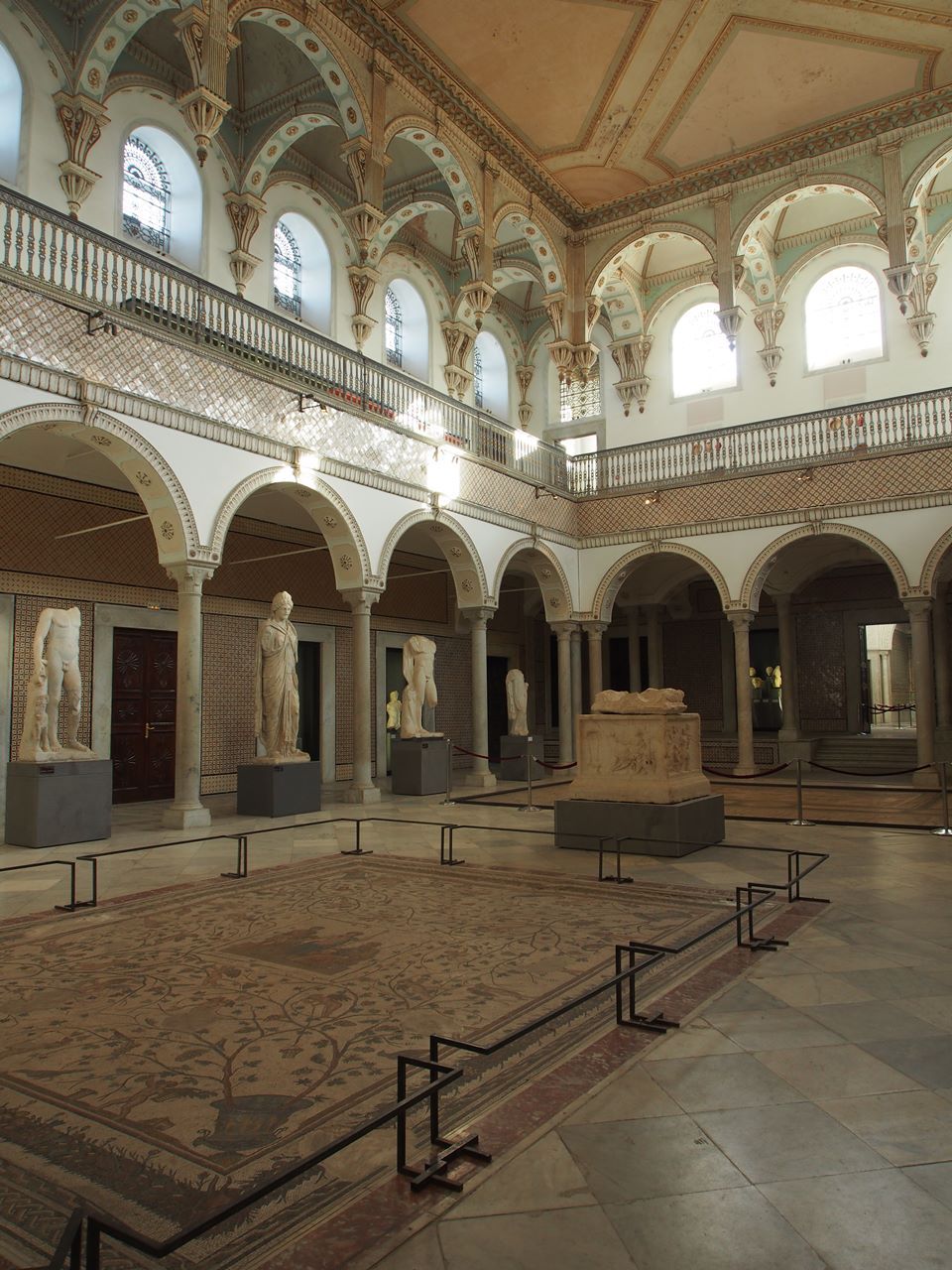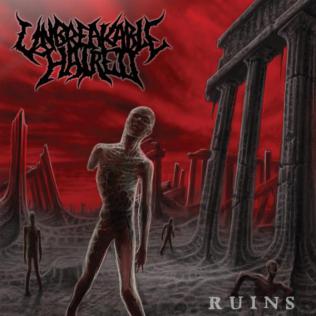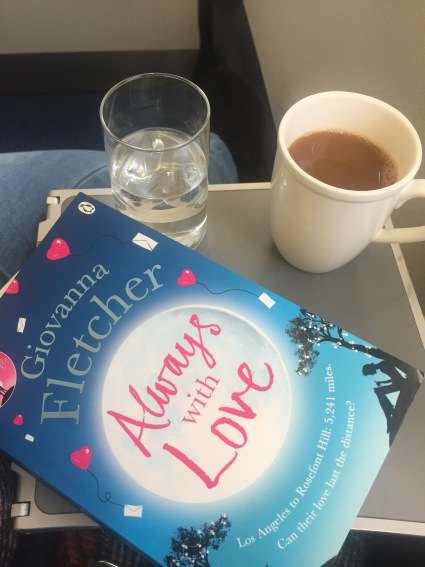Ceterum autem censeo Carthaginem delendam esse
“I consider that Carthage must be destroyed”- Cato the elder, 2nd Century BC
There have been so many tipping points in history when the world pointedly took one direction rather than another. Presumably with every action of every sentient being in the planet, the course of history changes a little bit. But some events change the way of the world so profoundly that it is almost impossible to deduce what would have happened if history had taken the other route. The fork in the road. The road untravelled.
I believe that the absolute defeat and destruction of Carthage at the hands of Rome was one of those turning points in history. After all Rome and Carthage were both growing powers competing for the same trade and influence in the region. The world had simply grown too small for them so one of them had to go. In this case it was Carthage that disappeared. Legend has it that Carthage was razed to the ground at the end of the third Punic war.
But the land was fertile and Rome’s need were immense so Carthage and the land around it were once again flourishing by the 2nd Century AD- this time firmly under Roman rule. Olive oil was the source of the province’s wealth. Travelling through Tunisia, you see vast groves of olive trees even today. Apparently some of the rules of olive tree cultivation used now were set down in Roman times (such as the distance between each tree).
Much of what you see as Roman ruins in Tunisia today are from these prosperous times and from rebuilding during the early Byzantine times.
There is a LOT to see in Tunisia. Although I think I made maximum use of my four day trip to the country, there is so much more (just in terms of ancient Roman sites) that I could see.
If you asked me what is special or different about the ruins in Tunisia, I would say look to their mosaics. The quality, finesse and detail of the massive mosaic ancient carpets that you find everywhere in the country is spectacular.
I managed to visit the site of ancient Carthage, the awesome Bardo museum, Dougga and Zaghouane, Kerkouane- which happens to be the only ancient Punic site that wasn’t built over by the Romans, Oudhna and El Djem. I’ll try and whip up a few detailed posts in the coming days but here are a few photographs.
 The spectacular Bardo Museum- home of the world’s most awesome mosaics from Roman times
The spectacular Bardo Museum- home of the world’s most awesome mosaics from Roman times
 Ruins of Carthage
Ruins of Carthage
 The Capitoleum of Dougga
The Capitoleum of Dougga
 The Punic Goddess Tanit represented in mosaic tiles on the floor of a home at Kerkouane
The Punic Goddess Tanit represented in mosaic tiles on the floor of a home at Kerkouane
 The ruins at Oudhna
The ruins at Oudhna
Advertisements Share this:





